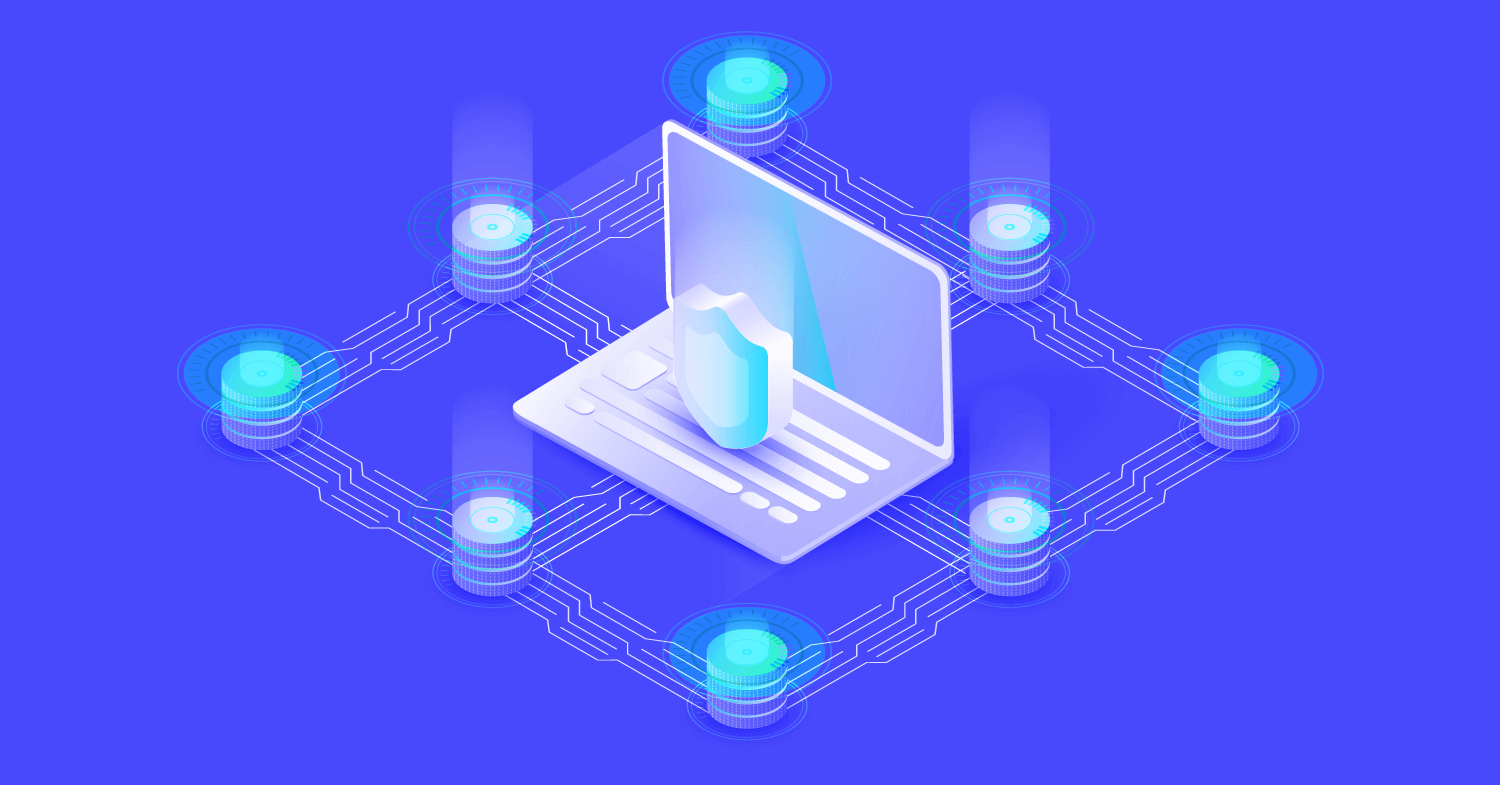Estimated reading time: 5 minutes
No organization wants to encounter fraud – it could build distrust with your customers or vendors, cause you to have to pay government fines, increase waste, or impact your organization in other harmful ways. And not only do people share large amounts of information online, but businesses also have moved many operations online, making it easier for someone to commit fraud. So how can you keep your business safe from fraud and ensure you’re not wasting — or losing — money? With fraud prevention.
What is fraud prevention?
Fraud prevention is the implementation of policies that turn away potential fraudsters at the get-go, stopping fraud from ever occurring rather than mitigating the consequences after it already occurs. While fraud can still happen even with the strongest systems in place, fraud prevention significantly lowers the likelihood of it occurring so organizations can focus their resources on improving their results rather than on damage control.
Who can use fraud prevention?
Any organization, from corporations to government to insurance, that could potentially encounter fraud and has access to fraud prevention services, like big data analytics, can utilize fraud prevention. Fraud prevention is particularly important for organizations like financial services that have to maintain compliance with legal regulations and pay out fines or face greater repercussions if fraud does occur.
How does fraud prevention help?
Fraud prevention works to ensure that organizations are only interacting with high-quality people who are who they say they are and that they’re not transmitting information or performing transactions with the wrong people. Preventing fraud helps companies uphold a strong reputation, build trust between all the people involved in the company, maintain compliance, and avoid waste and abuse.
Now that we know what fraud prevention is, who can use it and how it can help, here’s 3 fraud prevention techniques and how a public and private records database can help you enact them in your own company.
Fraud prevention services for better customer due diligence
A key aspect of fraud prevention is performing customer due diligence, which means investigating your customers to ensure you’re only giving out services to high-quality people who are who they claim to be. This is particularly important for people in the financial services and healthcare industries, in which you are handling very sensitive information about people and complying with strict government regulations.
To perform customer due diligence, you can use a public and private records database for identity verification and authentication. ID verification helps you implement a customer identification program so you can identify who your customers are and ensure you’re not providing information to the wrong person. You can also perform better customer due diligence with a customer data enrichment software that enhances the information you have about your customers so you can better Know Your Customer and feel certain that they’re well-intentioned – keeping your company safe from fraud.
Use identity management for better risk assessment and fraud prevention
While ensuring your customers are who they claim to be is important to fraud prevention, you also want to be sure you have a strong understanding of everyone in your organization and the people interacting with it so that you’re not working with anyone who could potentially commit fraud. An identity management system helps you manage the identities of everyone involved in your company and perform better risk assessment so you can stop fraudsters from ever interacting with your company.
A public records search engine provides information about the people involved in your company and cross-checks that information with multiple data points, allowing you to manage people’s identities and be certain all of their information matches up. For example, in healthcare, you gather member identity intelligence about other healthcare entities, doctors, nurses, and patients – ensuring the right people are providing the necessary care to the patients who actually need it, thus preventing fraud waste and abuse. And in financial services, an identity management system helps you perform customer and vendor risk assessment by providing you with information like criminal records and bankruptcy records so you can avoid working with anyone who has a history of risky behavior – decreasing the likelihood of fraud later on.
Perform ongoing monitoring with a fraud analytics software
Verifying the identities of and performing risk assessment on people who interact with your company is the first step to preventing fraud – but situations change, and you need to be sure that you’re doing everything you can to prevent fraud every step of the way. Ongoing monitoring allows you to maintain a continuous eye on everyone interacting with your organization so you can keep your company and customers safe from fraud and avoid liability.
A public and private records search engine helps you perform ongoing monitoring by automating fraud analytics so you can be notified when something changes that could potentially lead to fraud. For example, let’s say you’re working with a third-party, and that third-party changes important information in their profile. You need to know about these changes to be sure you’re still transmitting information to the right individual or making the correct payments. Using automated fraud analytics for ongoing monitoring will improve overall fraud prevention by ensuring that if something of concern does come up, you’re notified and can take the necessary actions, like sending it in for a manual review.
Interested in learning how a public and private records database can help you implement fraud prevention techniques? See how Tracers data can protect your organization and help ensure you don’t fall victim to fraud. Get started here!


2 thoughts on “Three Fraud Prevention Techniques”
Comments are closed.